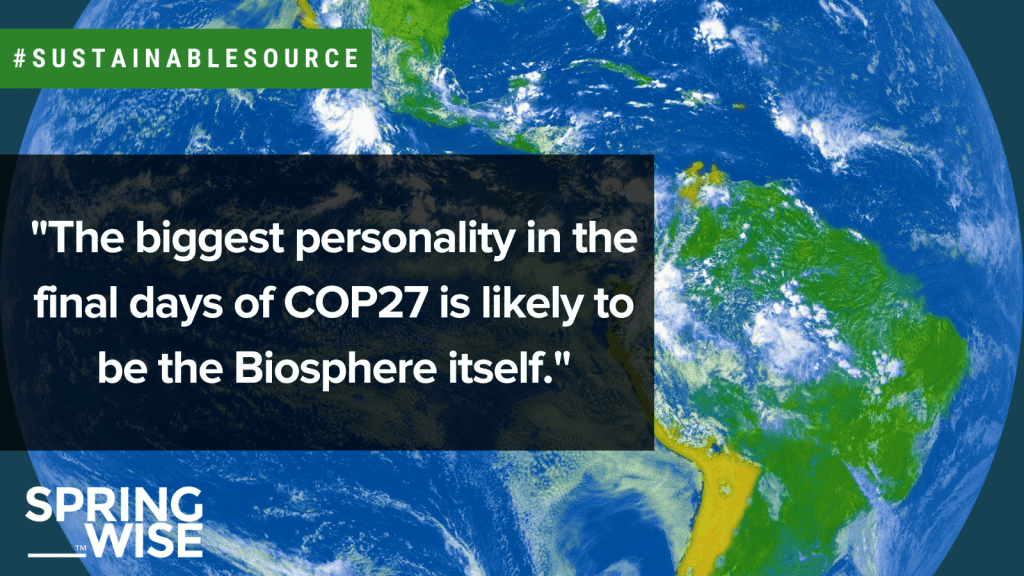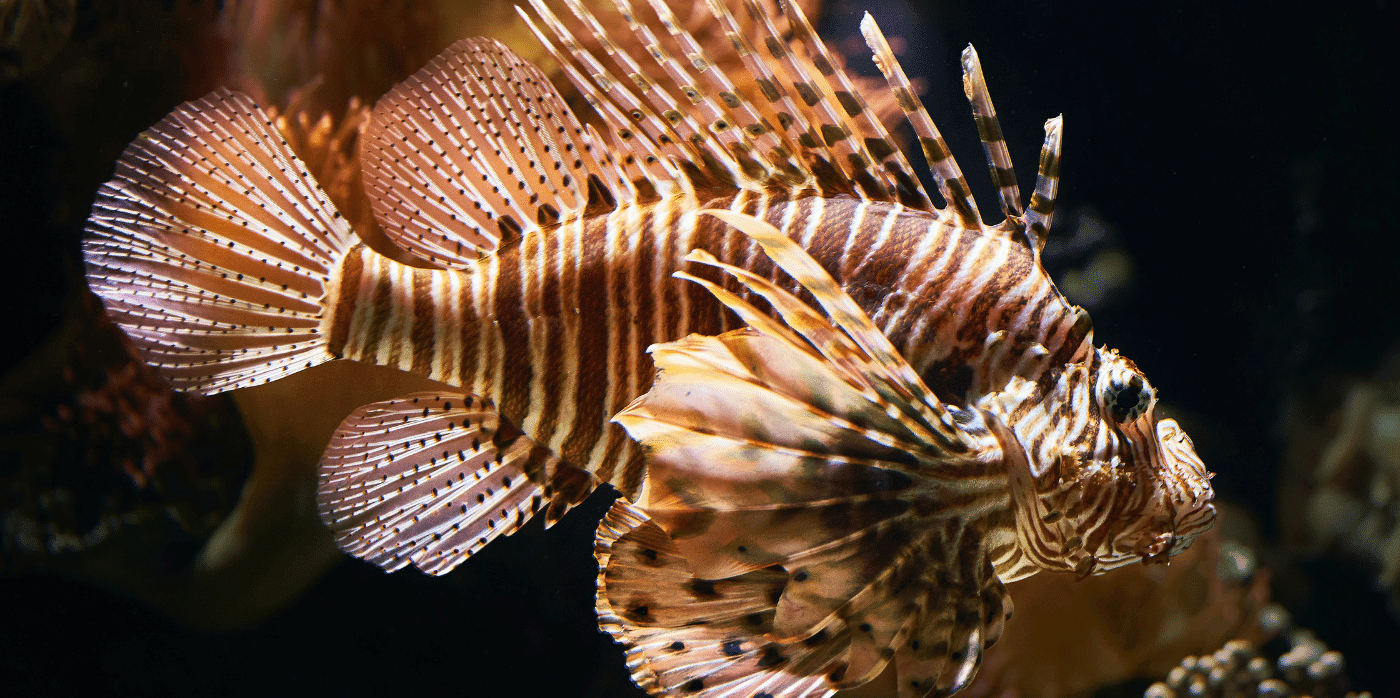Making soundwaves: AI analyses coral health through audio

Spotted: The Global Coral Reef Alliance predicts there will be unprecedented and globally dangerous coral reef bleaching worldwide throughout 2023 and 2024 as the cooler La Niña weather pattern changes over to the warmer El Niño, releasing the excess global heat trapped in the oceans.
Tracking those predicted changes, along with mitigation efforts, requires vast amounts of data. With a lot of coral reef monitoring relying on visual assessments, it is difficult to reliably compare the severity of environmental damage and the success of conservation efforts between different sites.
French marine technology company Reef Pulse is using passive acoustics monitoring to standardise the assessment of coral reef health. By recording and analysing coral reef soundscapes, the company can identify the diversity of marine life living there, the health of the different species, the level of noise pollution, and seasonal reproductive activity. The system tracks all noise made by marine life, human activity, and the physical processes that come from weather, including rain, wind, and more.
Combining digital signal processing with artificial intelligence (AI) analysis, Reef Pulse’s acoustic monitoring systems are completely passive. They do not affect the environment or wildlife, and monitoring is continuous with a system running for six months without needing a battery change. Acoustics tracking also helps quantify noise pollution, a problem that is increasingly recognised for its dangerous effects on surrounding environments.
Reef Pulse provides custom reports for each site and visualisations of the data on dedicated websites. Once a baseline set of data has been recorded, the effects and efficacy of bioengineering conservation efforts can be easily and thoroughly tracked, making it easier for scientists to compare approaches and techniques between sites and their many variables.
From turmeric to electrolysis, the importance of the world’s coral reefs to global biodiversity is reflected in the variety of innovations seeking to preserve, protect, and restore them – as spotted in the Springwise database.
Written By: Keely Khoury
















